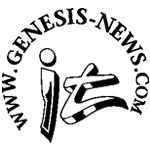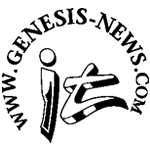This is one of my favourite tracks. I do have a few quibbles with aspects of the studio and live versions, but the many strengths obliterate these minor imperfections.
First of all, I really see this as two pieces of music that have been stitched together and have no discernible relationship with each other. The first portion is anchored by Mike's amazing 12-string part, with its odd tuning that has pairs of strings tuned to different notes (as opposed to the usual octaves). The intro section alone is worth the price of admission, but I also love the quiet instrumental section before the "Na na na na" bit. Just gorgeous and magical. The verses and the "Take a little trip back..." refrain are fine, though not the most remarkable.
Then we get the second section in 7/8, which clearly evolved from a jam between Mike, Tony, and Phil. It's hard to discern if Steve has any significant role here (and later live versions show that the trio can do it just fine). The main almost-singable melody (the part in A) is one of the most beautiful that (presumably) Tony has come up with.
The studio version has its strengths. The first section is subtle, pristine. The jam section pales in comparison to the live versions, but there is still something to be said for Phil's subtle and complex ghost notes on the main melody section. Also, the studio version has some lovely overdubs by Tony that add a lower harmony line to the main melody when it repeats. Also in the section after the rapidly ascending quadruplets and triplets, he adds a countermelody that is actually a variation of the main melody in A.
Live, the full versions benefit from much stronger dynamics in the 7/8 instrumental section. The Seconds Out version benefits from still having mellotron, particularly in the repeat of the main melody with heavy bass pedals. That section is just glorious. The downside of this version is lack of a polyphonic synthesizer, so the lead lines can't be harmonized and sound kind of weak. I also dislike the forced-sounding ending
The 1978 versions still have the mellotron but now have a polyphonic synth for the harmonized lines. This is the first appearance (I think) of the Riding the Screen snippet, which I really like. The drumming is now very aggressive, which is great in a different way. The segue into Afterglow is still a bit forced, but better than the previous ending.
After that, we are into the excerpts as part of medleys. Tony loses the mellotron (sigh) and replaces it with mainly poor alternatives. He also changes to less interesting lead sounds. Mike also loses the 12-string to do it on 6-string, at least for the Mama and IT tours I think. The drumming remains great through the 80s versions. The versions on the TIOA and the Last Domino tours suffer from Tony deciding (inexplicably) to lower the main melody by an octave and use a limp lead sound. Of the live medley versions, I most like the early 80s era.
Can you tell I listen to this song a bit too much?

